Every savvy ecommerce business knows the holiday season is a time of great opportunity to boost sales, increase brand loyalty and reach new customers. Shoppers are willing to spend hundreds on gifts for loved ones. In fact, Statista found the average U.S. consumer spent $794 on Christmas gifts in 2018. As for Cyber Monday shoppers, there were roughly 122.2 million of them in the U.S. last year.
No wonder it’s ’tis the season for profitability and out-of-the-box marketing campaigns. Holiday cheer aside, the rising ecommerce competition from retailers–and Amazon–has businesses wondering how to approach the holidays all together.
To get in your last-minute changes to your ecommerce website, we’ll help you cover important things like customer engagement, popular retail trends and go over our holiday marketing checklist. Let’s get started.
A Profitable Holiday Season Starts With Engaged Customers
Planning your holiday marketing campaign is a long process. But there are ways to make improvements in the final months to get more out of your campaign. The importance of connecting with your customers is huge for ecommerce brands seeing a spike in web traffic.
Customers seemingly tackle their lists earlier every year. In fact, a 2018 report from Credit Karma found 86% of consumers started shopping for the holidays between June and September. But don’t sweat it just yet if you’re a little late to the prepping season.
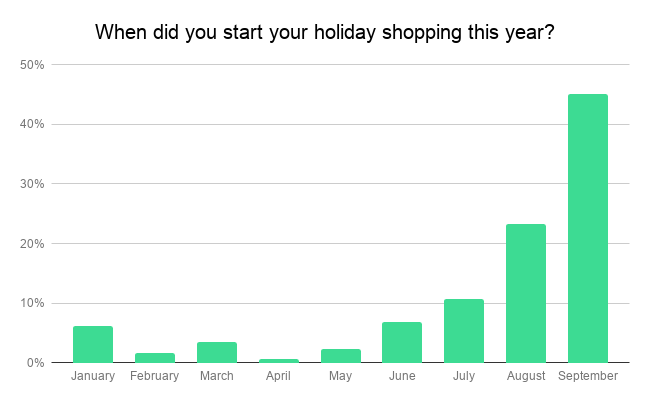
There are still plenty of ways to optimize your ecommerce efforts in time for the holidays to maximize customer engagement and increase conversions. Here are a few ways to get started:
1. Involve Your Customers As Soon As Possible
Customers love your attention. That’s why personalization marketing efforts help ecommerce businesses increase sales and conversion rates. A 2018 Evergage report found 87% of marketers accredited personalization marketing to their sales lift.
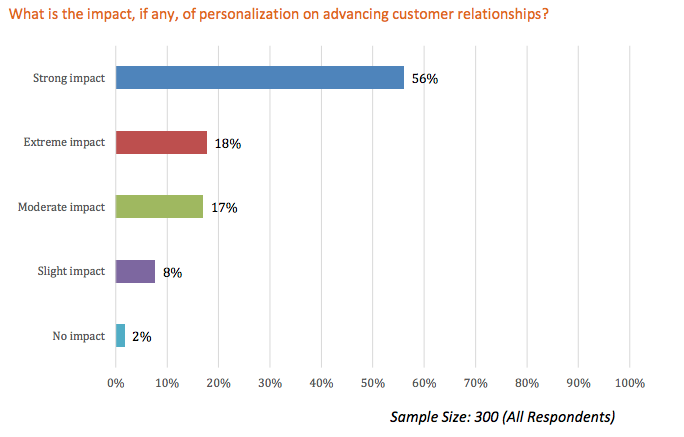
Give your shoppers a better shopping experience by providing in-depth review content that covers everything from size and fit to product pros and cons. A lot of holiday purchases are made for others so product details are more critical.
2. Focus on Shareable Visual Content
Consumers not only want personalized experiences, they also want visual examples from people just like them. In fact, the PowerReviews Health and Beauty Study found 68% of shoppers actively seek product photos and videos from other shoppers before buying.
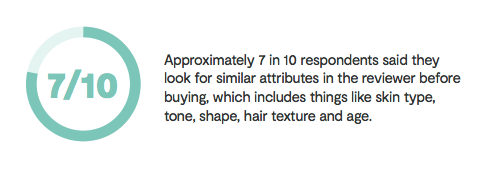
Additionally, 7 in 10 respondents said they look for similar attributes from reviewers’ visual content, such as skin tone, body type and age. Use the power of social media to collect the images and videos your shoppers are already sharing then display this content directly on your product pages. More visual cues will help reduce purchase hurdles.
Already a PowerReviews customer? We can activate social collection for you now! Get started today. Contact our team!
3. Incentivize Holiday Shopping for Customers
A 2019 eMarketer report found the majority of shoppers “always” or “often” use coupons or discount codes for the items they buy online. Incentivizing shoppers during the holidays with specific discount codes could be the push you need.
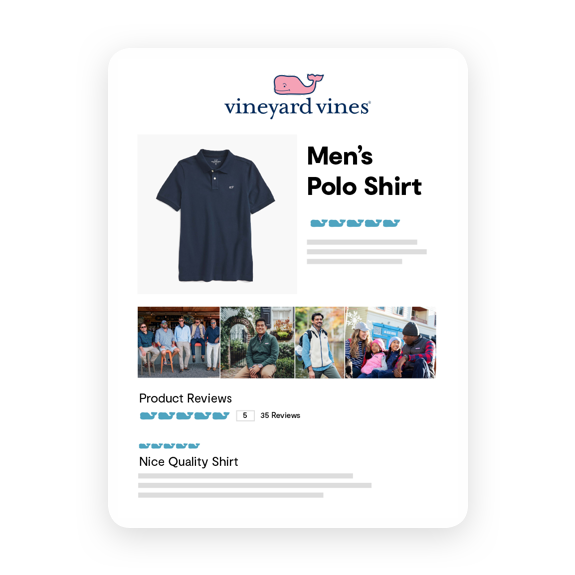
Another way to incentivize is through holiday product sampling campaigns. By running a product sampling for reviews campaign, the turnaround makes it easier to get in last minute reviews to your most important products.
This is a great way to get prepared for the holiday season by generating more reviews through influencers and product sampling. And for last-minute marketers, this is even more critical.
Important Holiday Shopping Trends to Watch
Every holiday season brings about a new trove of trends to keep up with. As you continue to plan through the end of the year, it’s important to be on top of some of the trends taking over the retail industry.
To help you out, we’ve put together a list of holiday shopping retail trends that you might have missed in your preparation:
Consumers Are More Confident About Shopping Online
Data from Adobe Digital Insights found online sales increased by 16.5% in 2018 year over year. The highest online sales day was–predictably–Cyber Monday. Ecommerce continues to evolve and an emphasis on quality user experiences continues to be a driving factor in purchasing decisions.
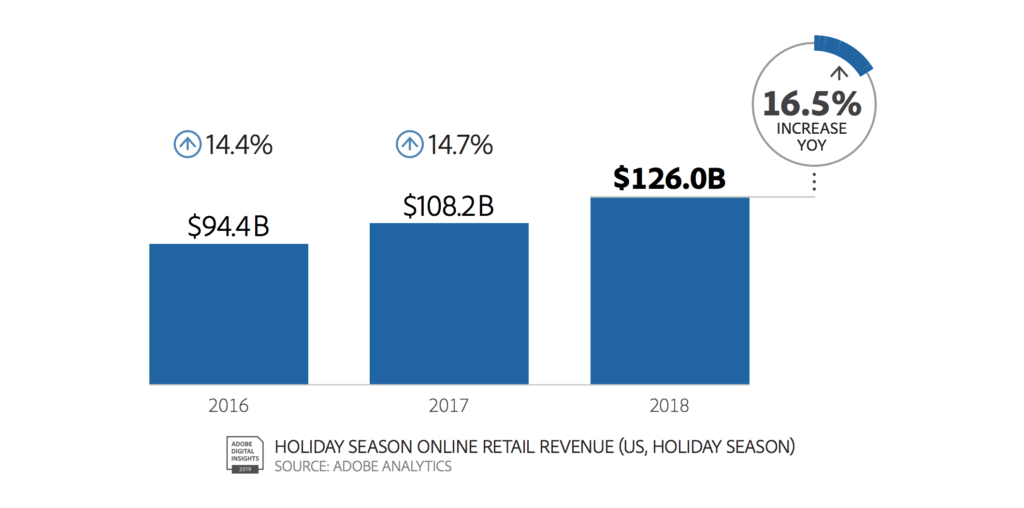
Retailers With Engaging Online & In-Store Experiences Have the Upper Hand
The same report also found retailers with both brick-and-mortar and online storefronts had a 50% increase in buy online, pick up in-store (BOPIS). The growth of BOPIS in 2019 has been astronomical–especially as bigger players like Walmart and Target have invested more into this option. BOPIS checkout carts typically have fewer items, which allows retailers to upsell customers once they’re in-store. Visual in-store experiences maximize the opportunity to chip away at higher sales.
AI Will Help Retailers Retain More Abandoned Carts
A Baymard survey discovered the three biggest factors for online abandoned carts were extra costs, the need to create an account and complicated UX. What was once a tool for larger companies is now a tool used by merchants of all sizes. AI in ecommerce is a must for brands wanting to retain customers, limit shopping cart abandonment and provide better user experiences.
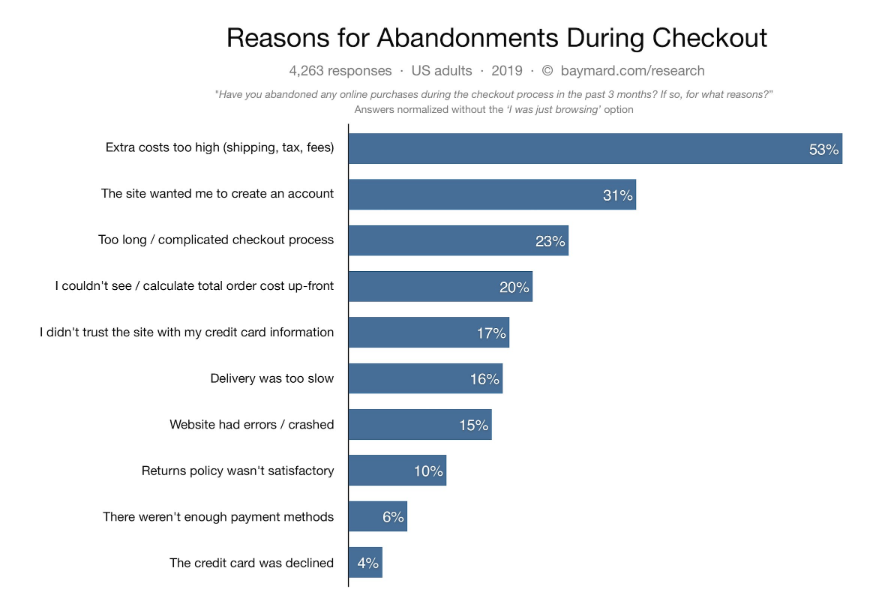
NRF’s Annual October Holiday Consumer Survey found 60% of respondents want gift cards or certificates instead of other gifts. Consumers crave flexibility, so having gift cards available on your site is key—especially for last-minute shoppers. The best part is this sort of implementation is ideal for last-second marketers looking to make small changes that will have a big impact.
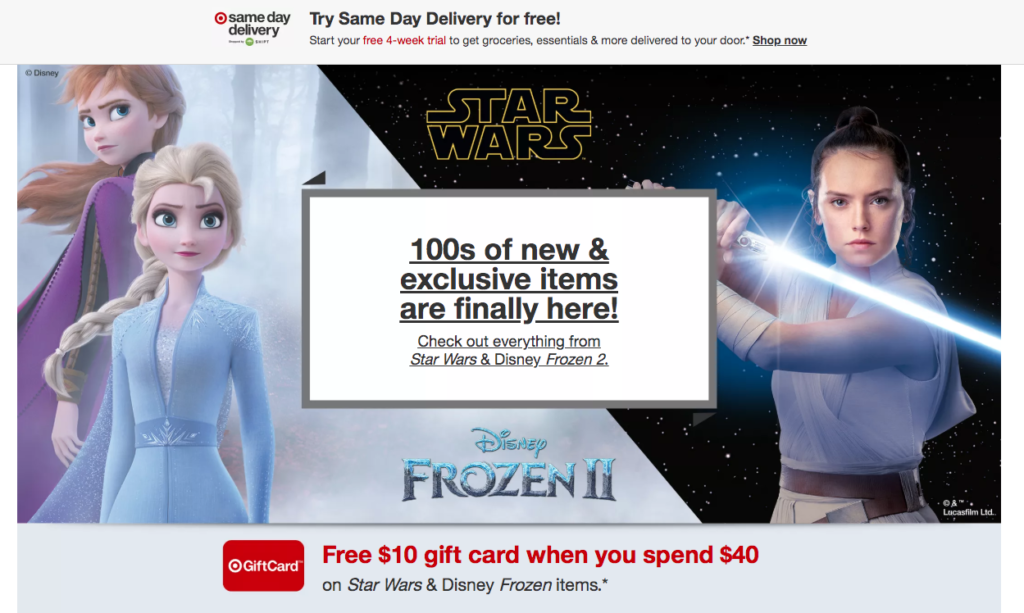
The Holiday Planning Checklist for 2019
If your customers start shopping earlier for the holidays, you really need to jump ahead of their search. There are so many moving parts when planning for the holiday season, which is why we’ve put together this checklist to keep you on track.
Holiday Marketing Checklist: Phase 1
- Reassess last year’s efforts and numbers: Deep dive into last year’s campaign and rehash your theme, plan of execution, goals and areas of improvement. If you’re just getting started, now is the time to track everything. Historical data is your best friend because it gives you the quickest answers to overall performance.
- Establish new goals for 2019: You know where you need to improve from last year, so start setting goals that achieve a specific initiative in your campaign. Whether it’s increased relevant traffic, average order sizes, conversion rates on specific products or post-purchase engagement, you have to set goals you know are at least possible. Unrealistic goals will only do harm to your team.
- Develop your launch strategy: As you begin your initial planning, now is the time to develop your go-to-market or launch strategy. Holiday campaigns are complicated, which is why it’s crucial to create a detailed plan. This is when you assign roles to team members and set up communication avenues to keep the team updated on goals.
Rule the roast! Get your hands on our Carbon Steel Roasting Pan just in time for all your holiday feasts and everyday meal prep! 🍗🥦🥕https://t.co/wlrIPS8M5A pic.twitter.com/NHe1POC3dC
— Made In Cookware (@madeincookware) October 1, 2019
- Map out your email strategy: Email is a powerful marketing tactic during the holidays. Your competitors are ramping up their email efforts so it’s imperative to think outside the box and develop a sequence that will resonate with your customers.
Holiday Marketing Checklist: Phase 2
- Launch gift guides with your holiday hashtag: Finalize your gift guide to allow customers an early look at your deals, biggest products and other holiday offerings. A quality gift guide is visually engaging, highlights popular products based on consumer trends and is easy to navigate. At the same time, this is when you want to launch your branded hashtag or jump on a popular holiday hashtag.
https://www.instagram.com/p/BrTTOjvHvhm/
- Segment and leverage your audiences: The holiday season is a great time to fine-tune your personalization efforts. Figure out how you want to slice your email lists and how best to leverage them. Try segmenting email addresses from a previous launch by order value to help you retarget these customers.
- Implement any last minute site changes: The holiday season brings big traffic numbers for ecommerce businesses, but it’s also a time where developers slow down their work. Get website implementations finalized now to avoid delays in development work through the actual holiday period.
Holiday Marketing Checklist: Phase 3
- Prep your inventory. There’s nothing worse than hiccups with inventory management during the holiday season. Use current and historical data to make informed inventory decisions right now. Your inventory management system should be equipped to support this busy time.
🛍 Still waiting to get your hands on our new away kit? 🔥
🛒 It's back in stock now on Arsenal Direct!👇
— Arsenal (@Arsenal) October 3, 2019
- Optimize your campaigns: As things truly start to pick up, this is the time to monitor campaign performance and make tweaks or small changes to optimize growth. Compare campaign performance with the benchmarks you set in September and adjust accordingly.
- Celebrate small wins with your team: You didn’t get to this month alone, so make sure you celebrate with your team and show the results of your campaign so far. Even if they’re not the prettiest numbers yet, you want to find encouragement to prevent fatigue or burnout through the holiday push. This is the time to order your team lunch and show gratitude. Bigger celebrations come later.
Holiday Marketing Checklist: Phase 4
- Deploy countdowns on shipping: Communicate to customers when to place orders to ensure timely shipment. Use popup modals clearly displayed on your site to ensure shoppers know your delivery capabilities.
- Give last-minute shoppers plenty of options: Super Saturday, known as the Saturday before Christmas, is one of the busiest shopping days of the season. The National Retail Federation found 56% of consumers said they shop on this day. Additionally, 70% of shoppers between the ages 18 and 24 are more likely to purchase gifts the last week before Christmas. The two weeks before Christmas are prime spots for boosting sales, so extend sales or offer free shipping to get last-minute customers to spend.

- Take note of what’s working for future campaigns: As mentioned earlier, collecting data is highly encouraged. In fact, you should use what you’ve learned so far to begin planning your post-holiday events. Watch for the most impactful tactics and strategize how these ideas could boost sales in 2020.
- Hold a post-holiday debrief with your team: After the craziness of the holidays, it’s smart to connect with your team and assess what went right and wrong. This is the perfect time to collect notes for next year’s holiday campaign while this one is still fresh in your mind. And don’t forget to celebrate and reward your team for their hard work.
Last-Minute Moves Can Make the Difference
Planning for the holiday season gives you the chance to really figure out what tactics will work best for your brand based on current trends and past campaigns. Don’t be afraid to make adjustments on the fly to get maximum results. Sometimes it’s the smallest thing that prevents you from massive conversions in sales.
PowerReviews can take your customer review collection, analysis and customer experience to the next level. Contact us today, and a member of our team will help find the solution that’s right for you.





